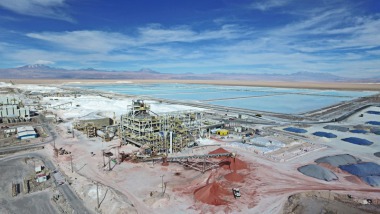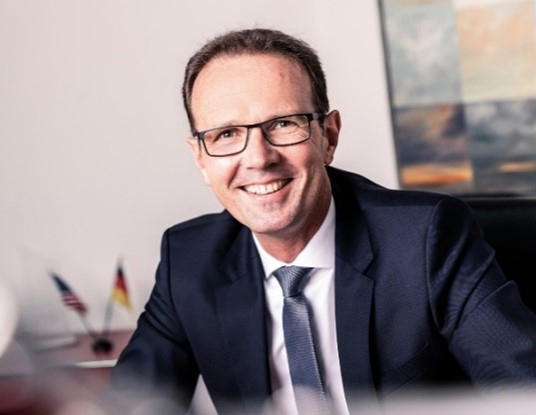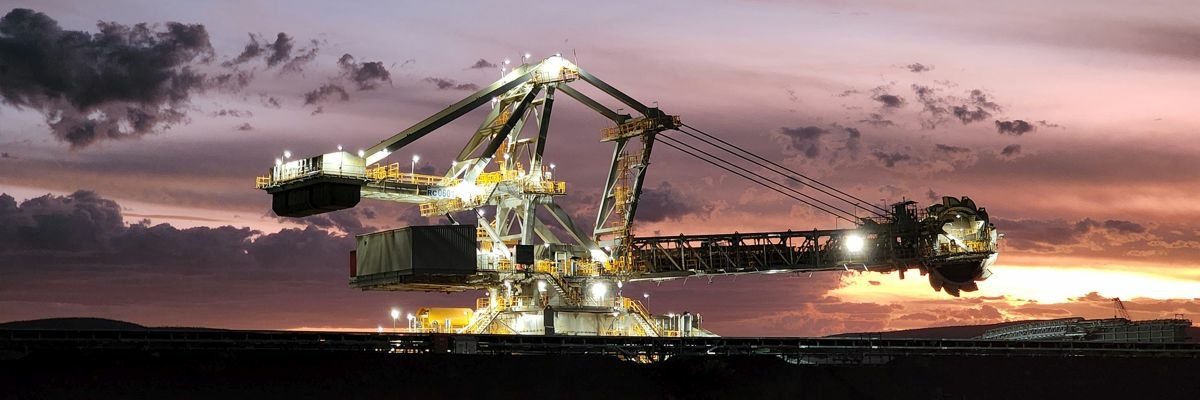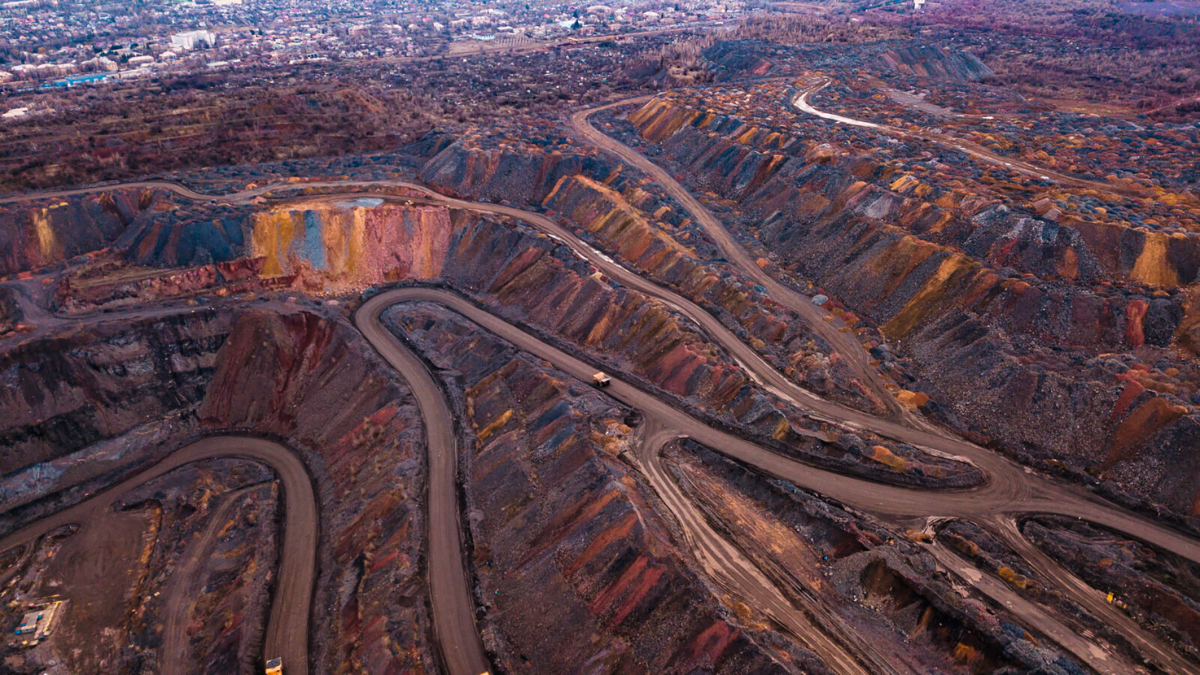Mining giant Rio Tinto also wants to grow aggressively in the lithium sector
23.01.2024Rio Tinto wants to grow by purchasing deposits and attractive projects in the lithium market. CEO Jakob Strausholm has now outlined the strategy of the billion-euro mining group. This could put the British company in competition with the top dogs in the industry such as Albemarle and SQM. This is because the "lithium triangle" between Bolivia, Argentina and Chile offers particular opportunities. This is where the world's largest lithium reserves are located.
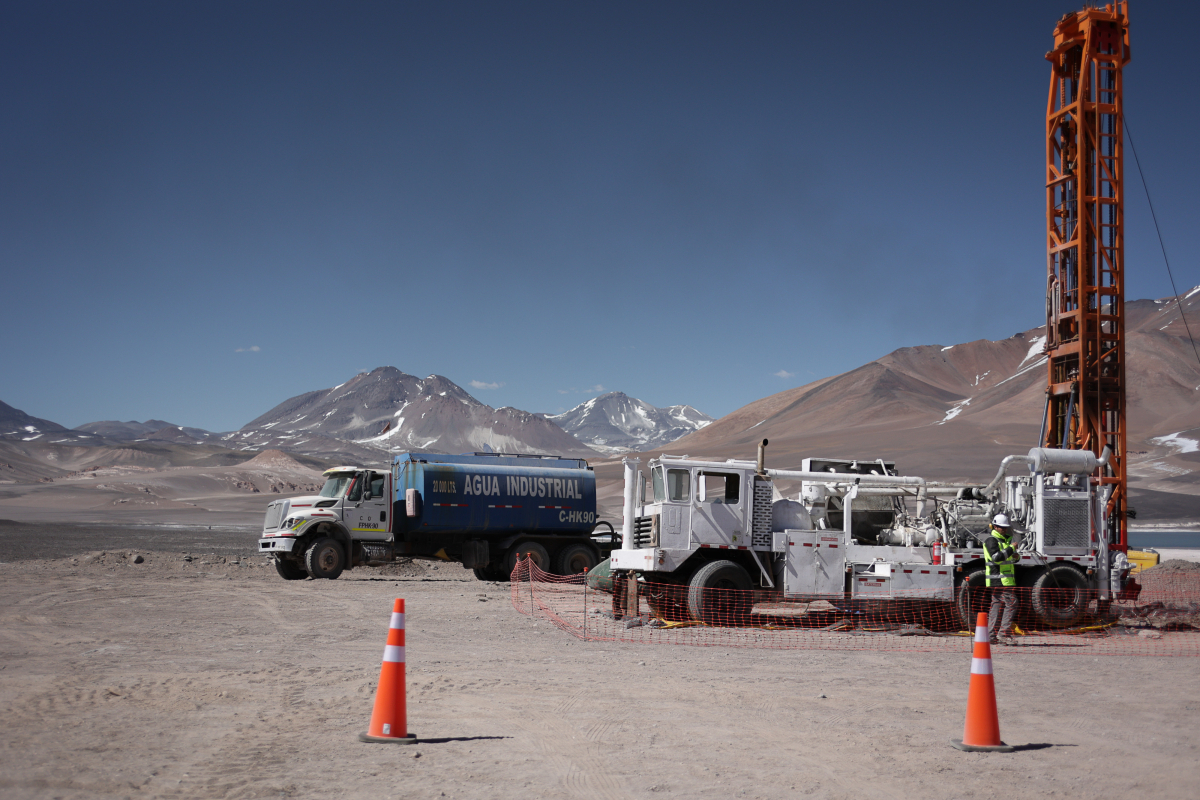 CleanTech Lithium is currently building a pilot plant at Laguna Verde
CleanTech Lithium is currently building a pilot plant at Laguna Verde
© CleanTech Lithium
So far, Rio Tinto has been more of an observer than a participant in the lithium sector – at least in terms of the Group's financial strength. Last year, the company bought the Rincon lithium project in Argentina from Rincon Mining for a whopping 825 million US$. Since then, the British company has been quiet in the lithium business, even though the management has repeatedly emphasized that it wants to establish a new foothold in this area.
CEO Jakob Stausholm has now outlined the company's future strategy. According to this, the company does not necessarily want to make acquisitions worth billions, as the top dogs Albemarle and SQM recently tried to do. Instead, as with the Rincon project, Stausholm wants to buy attractive deposits and develop them himself. In an interview with Bloomberg, Stausholm at least ruled out the expensive purchase of producers.
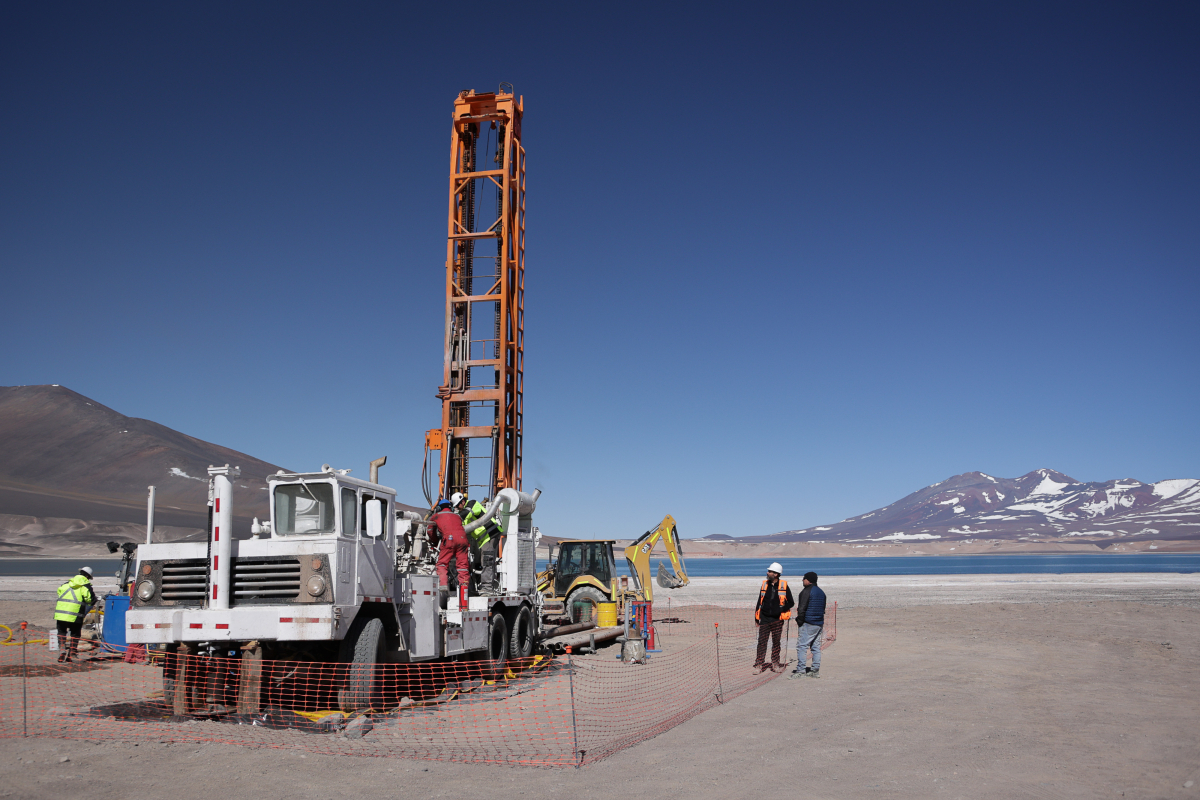 CleanTech Lithium plans to present the pre-feasibility study for its most advanced project, Laguna Verde, at the beginning of 2024
CleanTech Lithium plans to present the pre-feasibility study for its most advanced project, Laguna Verde, at the beginning of 2024
© CleanTech Lithium
However, in order to find attractive deposits, the mining group will probably still be on the lookout for companies. Namely those that have attractive deposits but are yet to develop them. The acquisition of the Rincon project is likely to be an example of this. It is a large, largely undeveloped Brine project in Argentina and is intended to position Rio Tinto in the rapidly growing lithium market. Stausholm expects demand for lithium from the battery and electric car industry to grow by double-digit percentages every year - just as it has in recent years. Specifically, the manager believes that the market will be around ten times as large in 2030 as it was in 2020.
With this growth strategy, Rio Tinto could enter into competition with Albemarle. The US company is the current global market leader and recently failed with several takeover bids for Australia's Liontown Resources. Instead, the world's largest producer has announced that it will now turn its attention to other markets. This probably means North America, but also the lithium triangle between Chile, Bolivia and Argentina. And this is precisely where both companies are active.
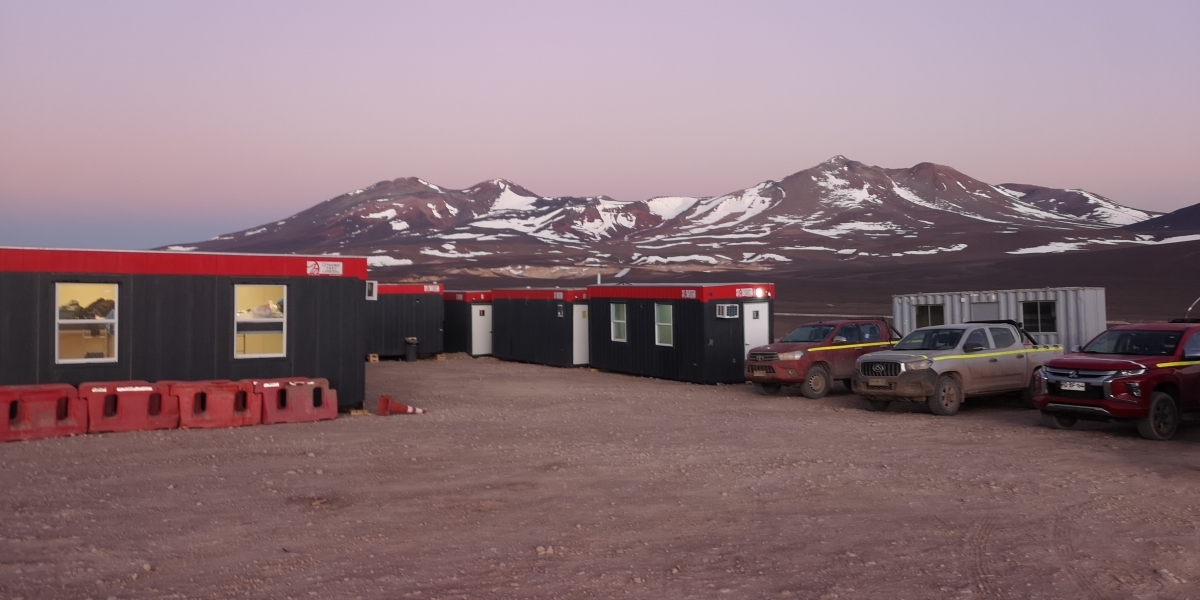 So far, a scoping study for Laguna Verde is available, which forecasts a production of 20 000 t lithium carbonate (LCE)
So far, a scoping study for Laguna Verde is available, which forecasts a production of 20 000 t lithium carbonate (LCE)
© CleanTech Lithium
There are numerous deposits there that could attract the interest of large corporations in the future. These include the CleanTech Lithium projects, for example. The British-Chilean developer of sustainable lithium projects in Chile plans to present the pre-feasibility study for its most advanced project, Laguna Verde, at the beginning of next year. This includes the technical and financial data for a possible lithium operation and forms the basis for the financing and construction of the mine. However, developments on the takeover market show that CleanTech Lithium could also be targeted by larger companies.
In principle, however, the management aims to find strategic partners itself and conclude purchase agreements for its lithium. This is what most companies in the industry do. So far, a scoping study for Laguna Verde is available, which forecasts a production of 20 000 lithium carbonate (LCE). This is an order of magnitude that CleanTech Lithium can work with. Production costs are estimated at less than 4000 US$/t of LCE. The current spot market price is around the 20 000 US$ mark. The analysts at Fox-Davies Capital see a considerable undervaluation of the CleanTech Lithium share and have issued a target price of GBp 2.50 for the share. This is around nine times the current share price.

